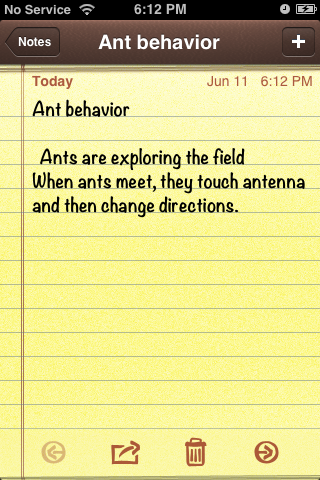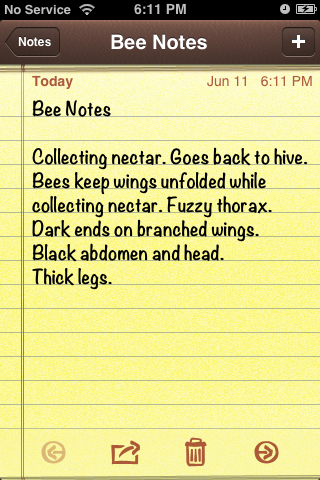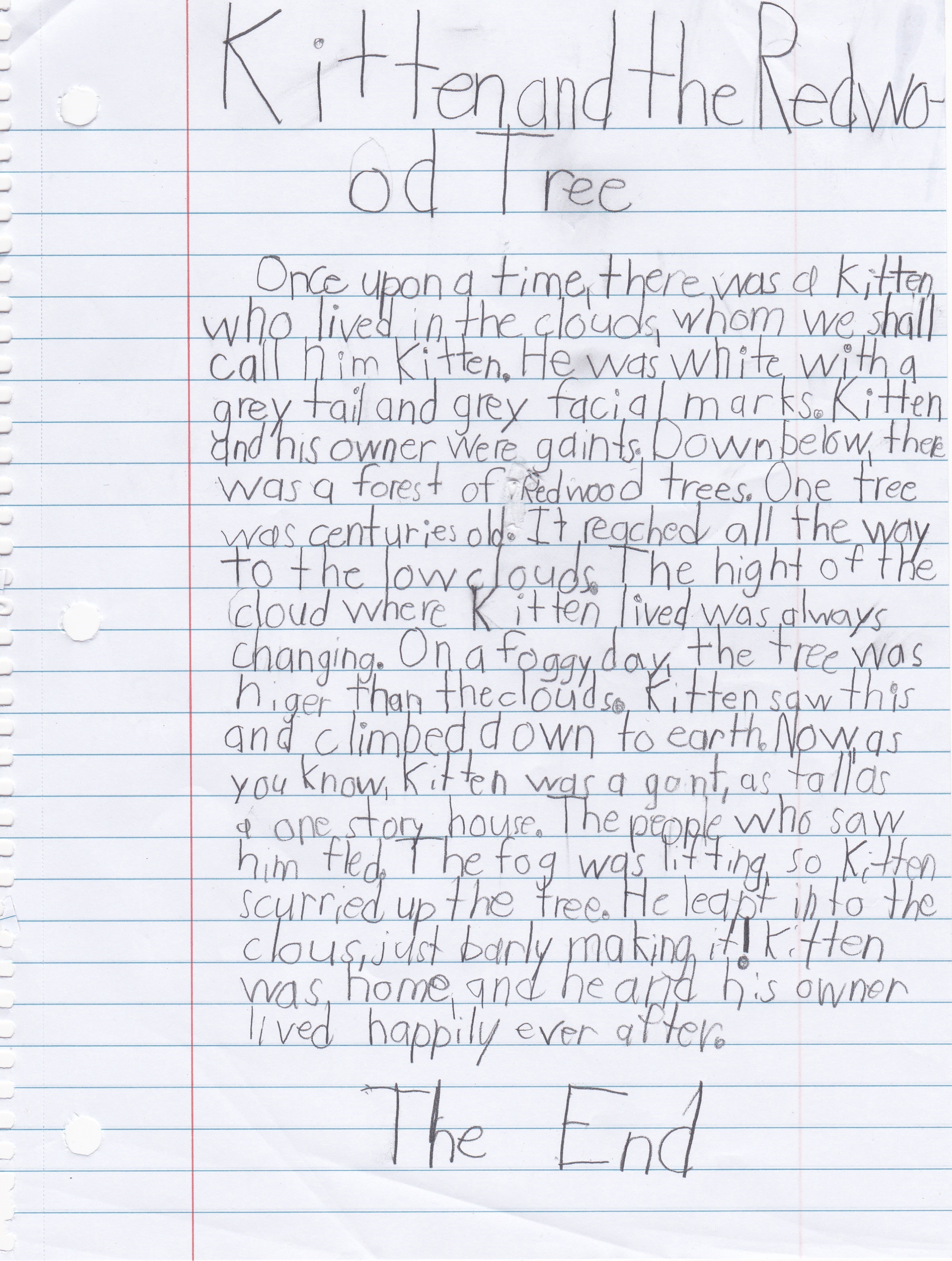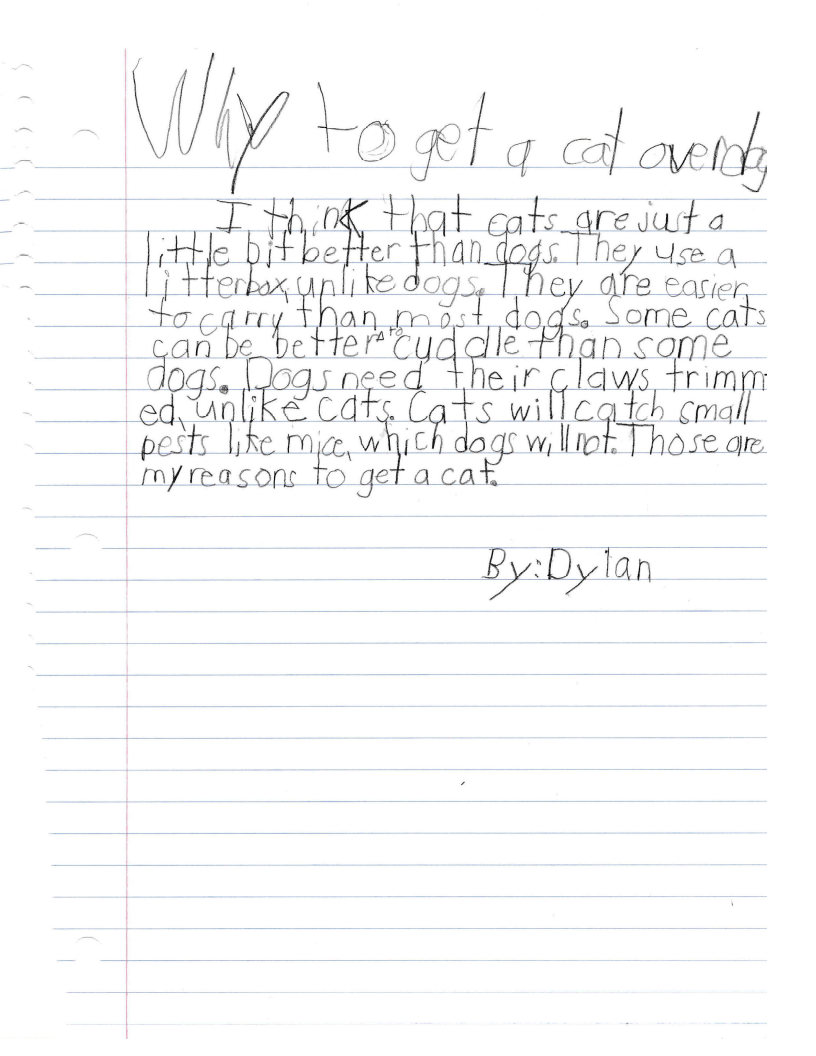Here Are My Notes:

Essay Bank from my homeschool experience


I took some videos too, but cannot put them on this post. They change direction to cover ground more efficiently and evenly. I even got the experience of watching the antenna touch today!

Instead of, “Collecting nectar.” I should’ve said, “The bees are collecting nectar.”
Benjamin Franklin invented the lighting rod to protect buildings. He invented the lightning rod after making some studies with the Leyden jar. Lighting strikes were more common those days. People did not want to build tall buildings, only to have them struck by lightning. Lightning always strikes the highest object, so when you put a lightning rod on your building, the lightning goes to the highest point(, the rod), goes down the rod, through a wire, and into a ground rod where the bolt is discharged safely into the earth.
The glass harmonica started as the glass harp, or a bunch wine glasses on a board, partially filled with water. The musician wets his/her fingers and rubs them in a circle on the rim of the glass to make a sound. Franklin tuned this whole operation on its side, and invented the glass harmonica. He reversed the turning so that the glass harmonica rotated and and the musician’s fingers stayed in place.
Franklin was born in Boston in 1706. Franklin did quite a bit of inventing. He invented the Franklin stove, bifocals, the lightning rod, and more. He had a lot of jobs at different times, for example, statesman, inventor, scientist, and farmer.
Thomas Jefferson invented the swivel chair out of a regular chair. He wrote the Declaration Of Independence (1776) sitting in his swivel chair. He later sent it back to Monticello, where he added a writing paddle. It’s popularity increased, as Jefferson was famous for the Declaration. Swivel desk chairs are very common now, and I am even sitting in one as I write this essay.


Joseph Priestley investigated the properties of air when he was investigating sparkling wine, and he discovered oxygen. He mixed carbon dioxide gas with water, and got soda water, which later grew into the huge corporations like Coca Cola and Pepsi. Priestley also wrote a book on electricity, which influenced other important inventors
Salter was a spring maker who invented the spring scale. It made rapid measurements possible by using a weight scale, as opposed to the balance scale, which used weights and took more time to use.
The hardness of the French iron cannons were uneven, so they sent some men to John Wilkinson, to learn how to make cannons. Wilkinson made a boring machine that made the metal rotate, rather than the drill bit. The boring machine helped James Watt with his steam engine, and with making cannons.
I would recommend the University Of Wyoming Raccoon Project for people who would like to help scientists, but don’t know where to start. It is very simple.